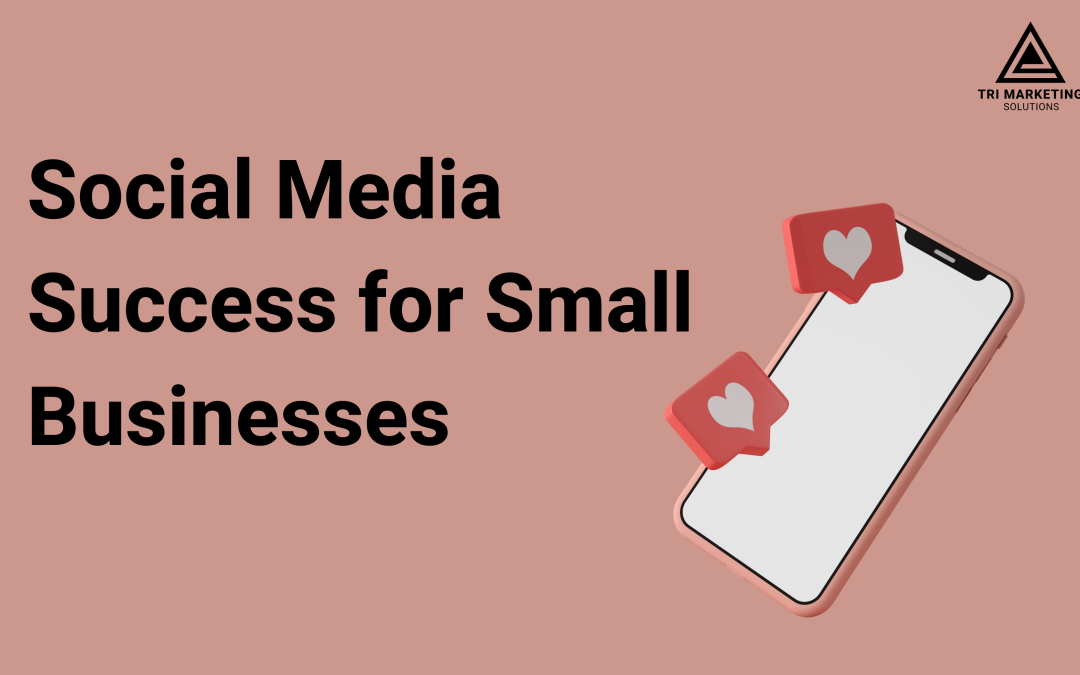In today’s digital era, social media has become an indispensable tool for businesses to reach and engage with their target audience. For small businesses, in particular, a well-crafted social media strategy can level the playing field and provide a cost-effective way to build brand awareness, foster customer loyalty, and drive revenue growth. As a leading marketing agency, Tri Marketing Solutions understands the significance of a winning social media strategy for small businesses. In this blog post, we will explore some of the best practices and explore the power of social media for small business success.
1. Define Your Objectives and Target Audience
Before diving into social media, it’s crucial to outline clear and measurable objectives for your small business. Are you looking to increase brand awareness, drive website traffic, generate leads, or boost sales? Each objective will influence your content, messaging, and social media platforms. Understanding your target audience is equally important; it enables you to create content that resonates with their needs and interests.
2. Choose the Right Social Media Platforms
Not all social media platforms are created equal, and not all of them will be suitable for your small business. Conduct research to identify which platforms your target audience frequents the most. For instance, if your audience comprises mainly young consumers, platforms like Instagram and TikTok may be more effective. If you’re targeting professionals and B2B clients, LinkedIn could be a better fit. Focusing on the right platforms will ensure maximum reach and engagement.
3. Consistent Branding and Content Strategy
Consistency is key to building brand recognition and trust. Establish a strong visual identity that aligns with your brand and maintains consistency across all social media channels. Use your brand’s logo, colors, and style guide to create a cohesive online presence. Additionally, craft a content strategy that combines promotional content with valuable and entertaining posts. Mix up your content with images, videos, infographics, and user-generated content to keep your audience engaged.
4. Engage and Interact with Your Audience
Social media is a two-way street. Encourage conversations by responding to comments, messages, and mentions promptly. Engage with your audience by asking questions, conducting polls, and seeking their opinions. Building meaningful relationships with your followers fosters brand loyalty and encourages them to become brand advocates.
5. Utilize Social Media Advertising
Social media advertising can be a powerful tool for small businesses to reach a wider audience and drive specific outcomes. Platforms like Facebook, Instagram, and Twitter offer advanced targeting options to pinpoint your ideal customers. Invest in paid social media ads strategically to complement your organic efforts and achieve your objectives more effectively.

